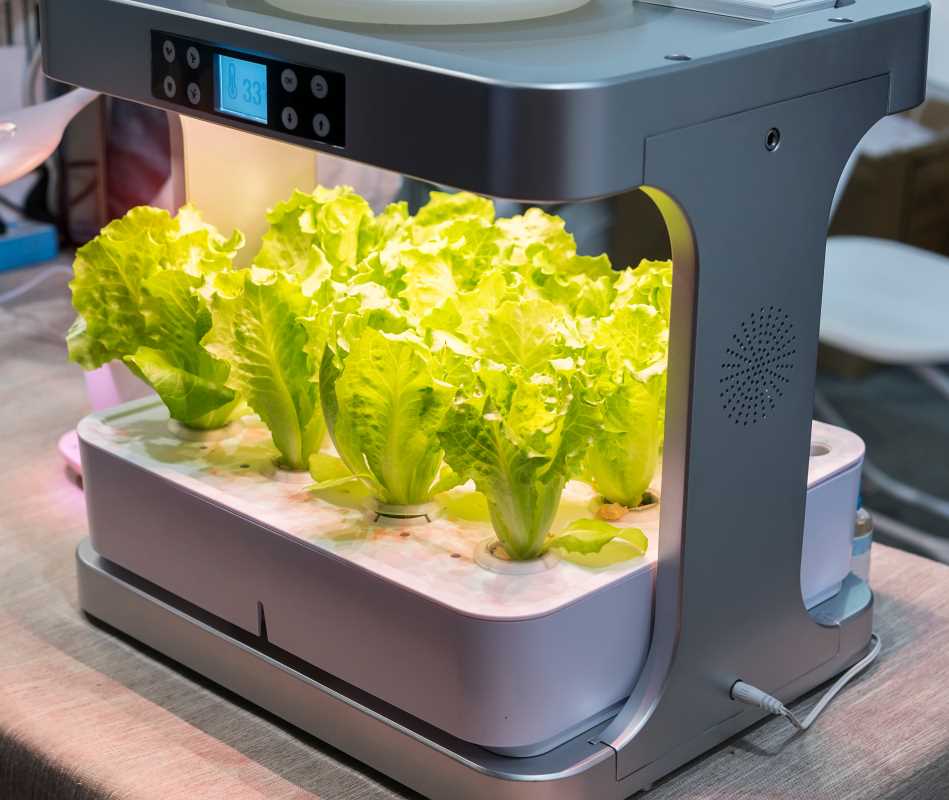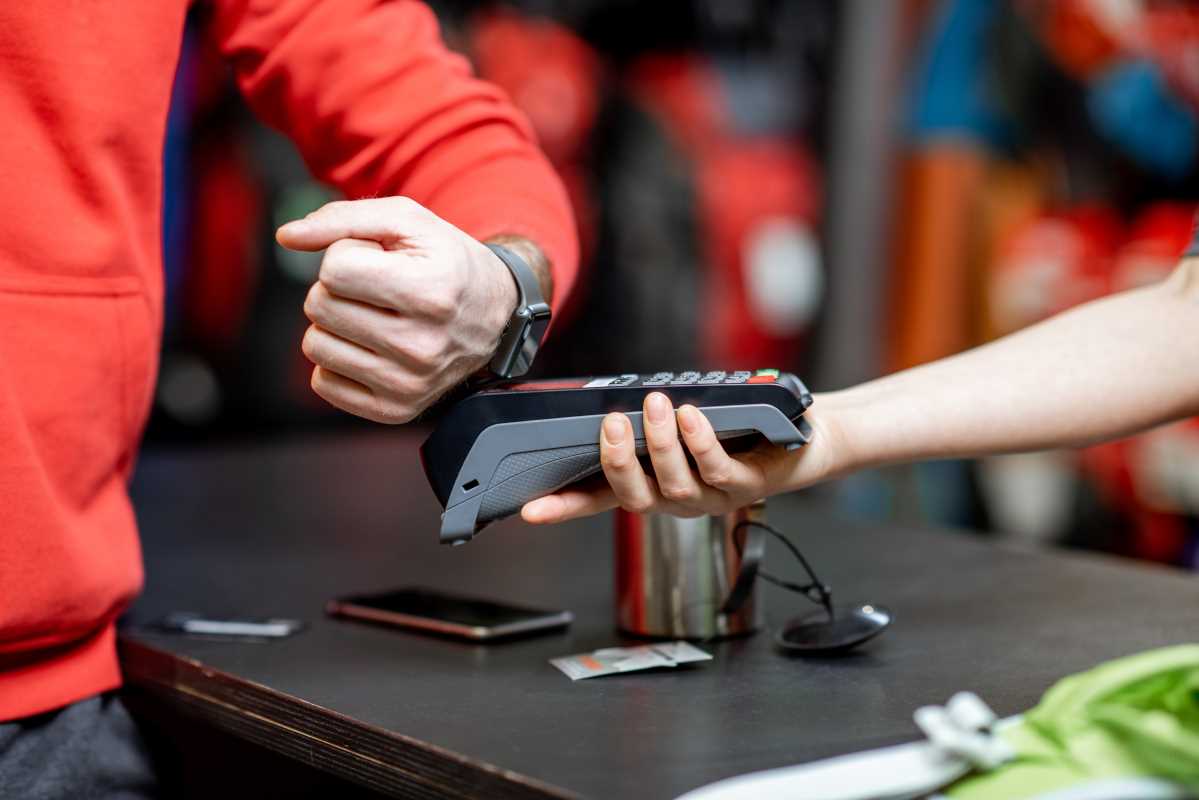Indoor gardening has gained popularity as people look for ways to grow fresh herbs, vegetables, and plants within their homes. However, not everyone has a green thumb or the time to tend to plants consistently. Fortunately, technological advancements have made indoor gardening simpler, more efficient, and accessible to everyone—regardless of skill or space limitations. From automated systems to app-based controls, tech-driven solutions are transforming the indoor gardening experience. This article explores the latest innovations in indoor gardening technology, making it easy for anyone to nurture thriving plants year-round.
Smart Indoor Gardens for Beginners
For those new to gardening, smart indoor gardens are a game-changer. These systems are designed to take the guesswork out of growing plants by providing optimal lighting, water, and nutrients automatically. Smart gardens often come as all-in-one kits, including LED grow lights, water reservoirs, and pre-seeded pods. All you need to do is set up the system, add water, and let the garden do the work. Sensors monitor the plants’ needs, ensuring they receive the right amount of light and water. Devices like AeroGarden or Click & Grow use hydroponics, which minimizes mess and maintenance by growing plants in water without soil. With reminders sent to your phone, even the busiest person can enjoy a small indoor garden without stress. These gardens are perfect for growing herbs like basil, parsley, and mint or small vegetables like cherry tomatoes and lettuce.
App-Controlled Growing Systems
Technology has brought convenience to indoor gardening through smartphone apps that allow users to monitor and control their gardens remotely. These apps connect to smart gardening systems via Wi-Fi or Bluetooth, providing real-time updates about the health of your plants. For example, apps can:
- Notify you when it’s time to add water or nutrients.
- Adjust the LED lighting schedule based on plant growth stages.
Some systems even offer recommendations on plant care based on the specific species you’re growing. Tools like the Gardyn Smart Garden use app connectivity to keep indoor gardeners informed without requiring constant manual monitoring. This means you can manage your plants while at work or traveling, ensuring they thrive no matter how busy your schedule.
Efficient LED Grow Lights
One of the biggest challenges of indoor gardening is providing adequate light, especially in homes without direct sunlight. Traditional lighting can be inefficient, but modern LED grow lights have transformed indoor plant care.
LED grow lights mimic natural sunlight and are energy-efficient, ensuring plants receive the light they need for photosynthesis without driving up your electricity bill. Many smart lights are adjustable, allowing you to change the intensity and spectrum of light to match the plants’ growth stages. For instance, blue light promotes leafy growth, while red light helps plants flower and fruit. Some systems, like GE LED grow lights, blend seamlessly into home spaces, offering both functionality and aesthetics. LED lights allow indoor gardeners to grow plants anywhere, regardless of natural light availability.
Hydroponic Systems for Soil-Free Gardening
Hydroponic systems are at the forefront of indoor gardening technology, offering an efficient, clean, and space-saving way to grow plants. Unlike traditional gardening, hydroponics uses nutrient-rich water instead of soil, reducing mess and the risk of pests. Hydroponic systems like the Tower Garden or LetPot offer vertical designs that maximize space, making them ideal for small apartments. These systems circulate water and nutrients directly to plant roots, ensuring faster and healthier growth. Many hydroponic units are automated, delivering water and nutrients on a set schedule to remove the need for constant oversight. With hydroponics, you can grow leafy greens, herbs, and small fruits indoors year-round. These systems are especially appealing to urban dwellers who want access to fresh produce without the hassle of traditional gardening.
Self-Watering Planters
Self-watering planters are another innovation that simplifies indoor gardening. These planters come with built-in reservoirs that store water and deliver it to the plant as needed. By eliminating the need for daily watering, self-watering systems make plant care almost foolproof. Brands like Lechuza and Ikea’s Växer line offer stylish, low-maintenance self-watering planters that fit into any decor. For busy individuals or those who frequently travel, self-watering planters ensure that plants stay hydrated and healthy without constant attention. These systems work well for houseplants, herbs, and small flowers.
Smart Plant Sensors for Better Care
Smart plant sensors are helping gardeners better understand their plants’ needs. These small devices monitor vital conditions like moisture levels, temperature, light exposure, and nutrient levels in the soil. Devices like the Xiaomi Flower Care or Parrot Pot connect to apps and provide actionable insights on how to improve plant care. If a plant is too dry, the app will notify you to water it. These sensors take the guesswork out of plant care, making it easier for beginners to keep plants alive and thriving. By using smart sensors, indoor gardeners can diagnose problems early and adjust conditions for optimal growth.
Indoor Gardening for All Spaces
Technology has made indoor gardening feasible for all types of living spaces. Compact smart gardens and vertical hydroponic systems make it possible to grow plants even in tight areas. Wall-mounted planters, countertop gardens, and stackable designs allow users to create green spaces without sacrificing room.
LED grow lights provide a reliable alternative for homes with limited light, ensuring plants thrive anywhere. These adaptable solutions are perfect for urban dwellers, students, and families who want to enjoy the benefits of fresh herbs, vegetables, or greenery indoors.
A Simpler Way to Garden
Tech innovations like smart gardens, hydroponic systems, and self-watering planters are making indoor gardening accessible to everyone. With minimal effort, users can grow fresh produce, herbs, and plants regardless of their experience level or living space. By automating tasks like watering, lighting, and nutrient delivery, indoor gardening has become less time-consuming and more rewarding. Whether you’re a busy professional, a city dweller, or someone looking to bring nature indoors, technology ensures that anyone can enjoy a thriving garden with ease.







